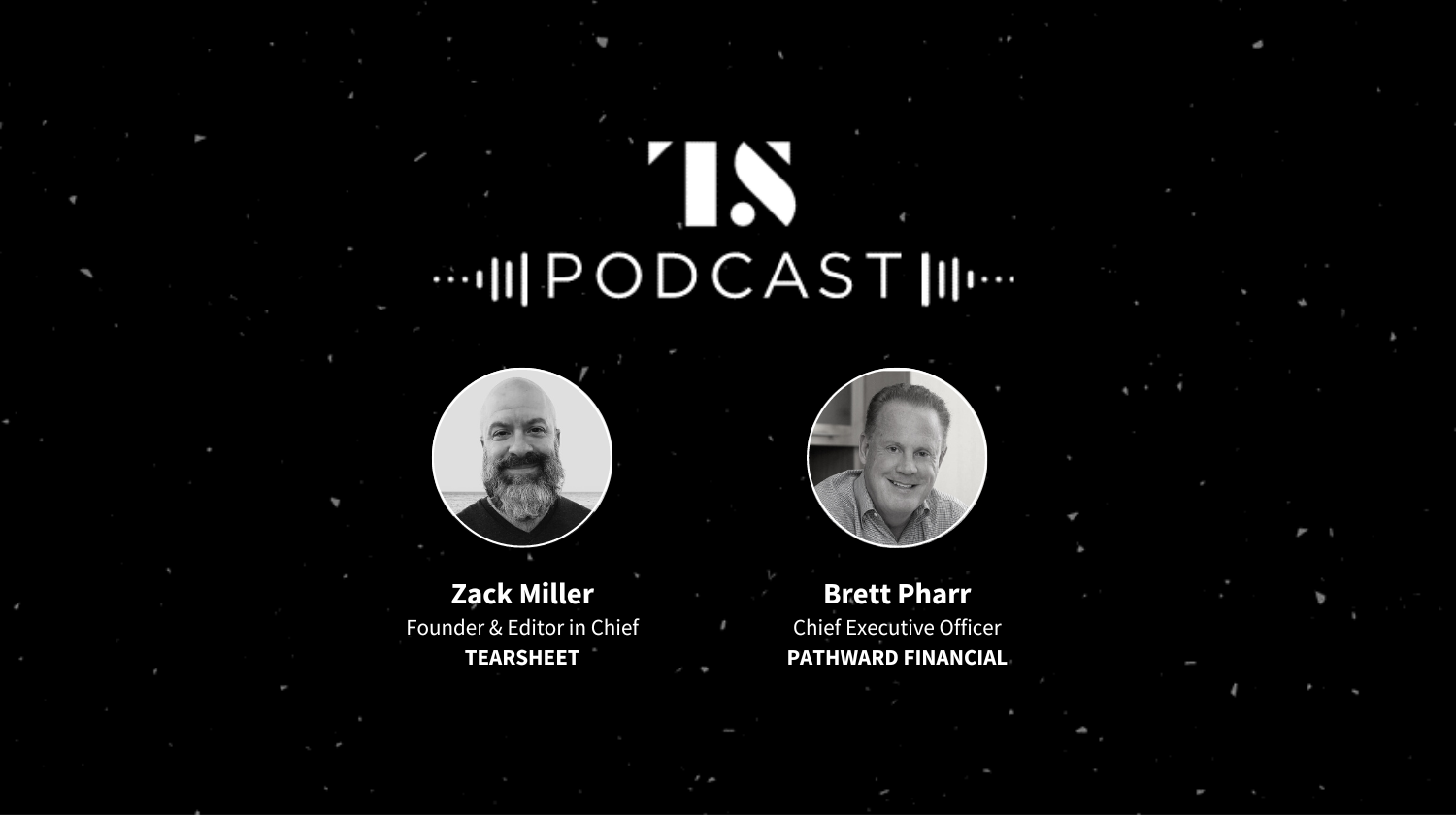Podcasts
Behind the Pathward rebranding with CEO Brett Pharr
- Meta Bank, a well-known community FI serving other banks with payments programs, recently rebranded.
- Pathward CEO Brett Pharr takes us through the process of taking his institution into a new era for fintech, banking, and technology.








